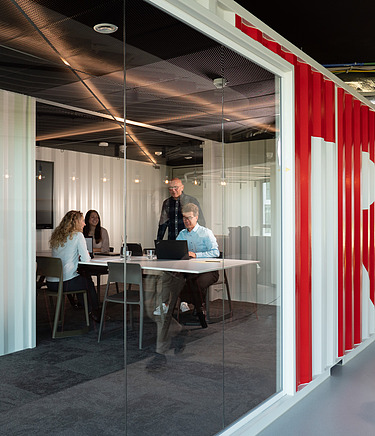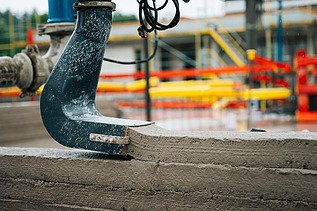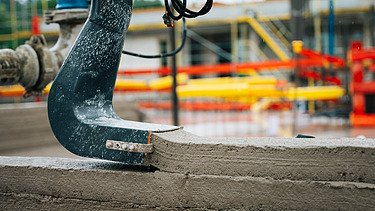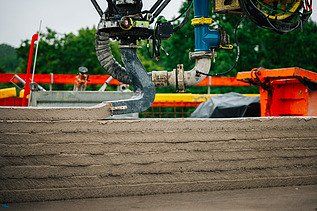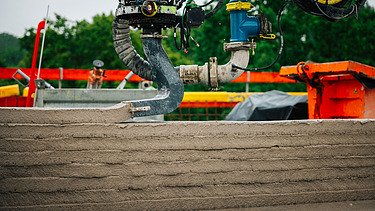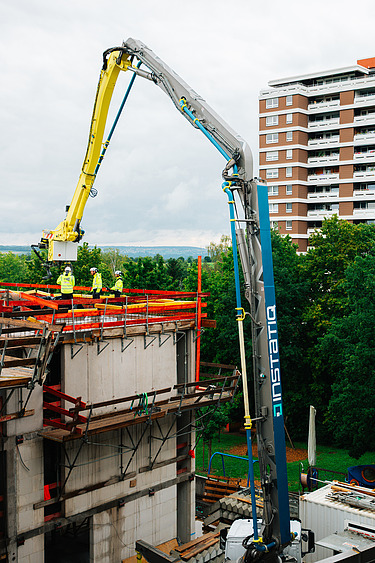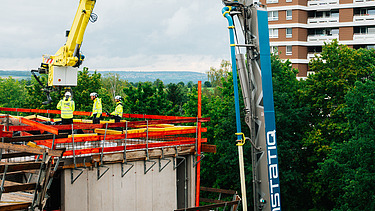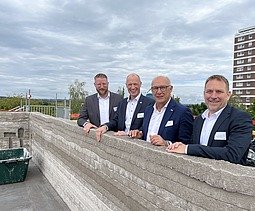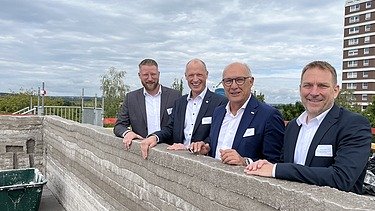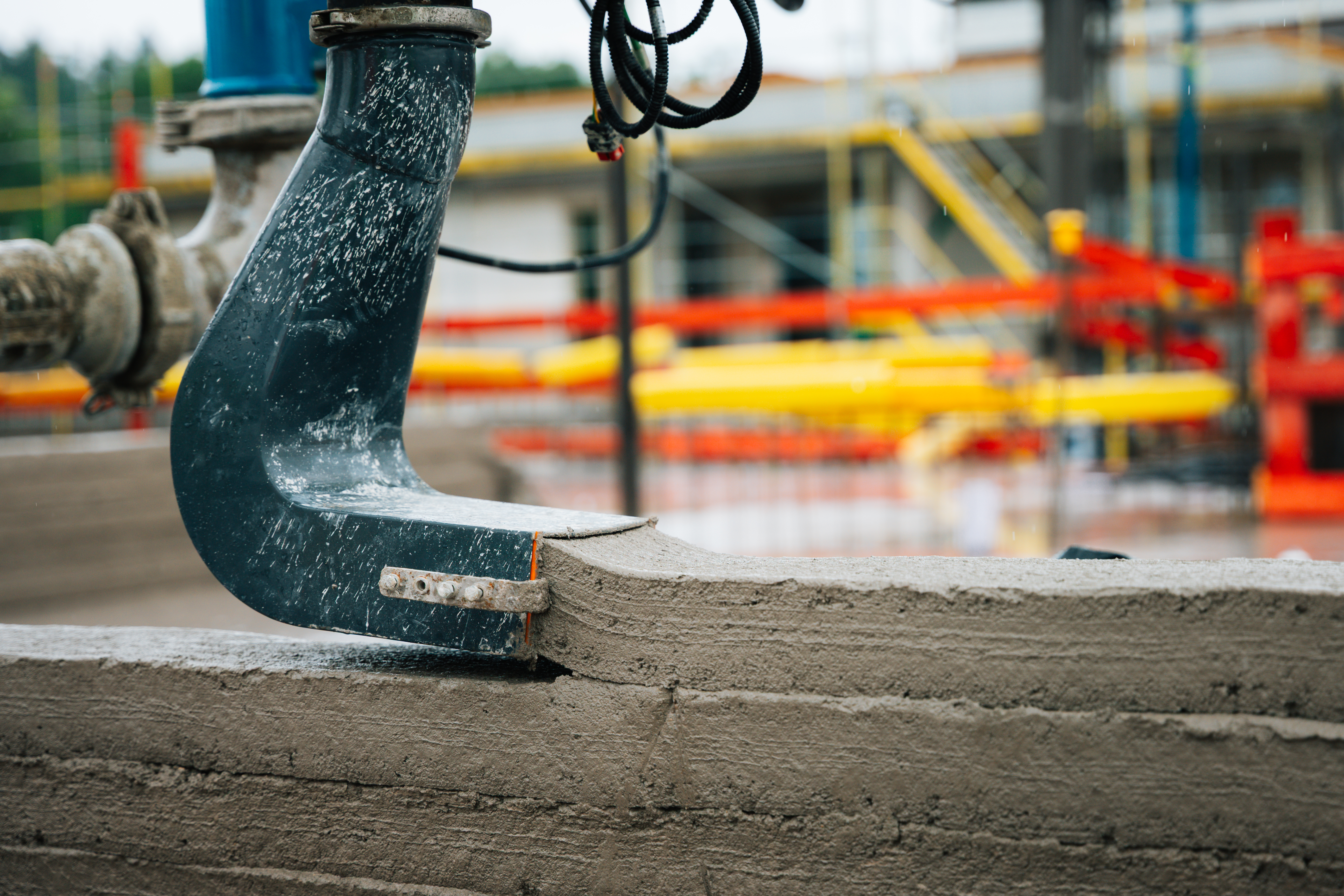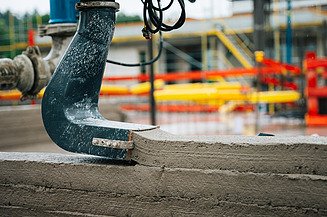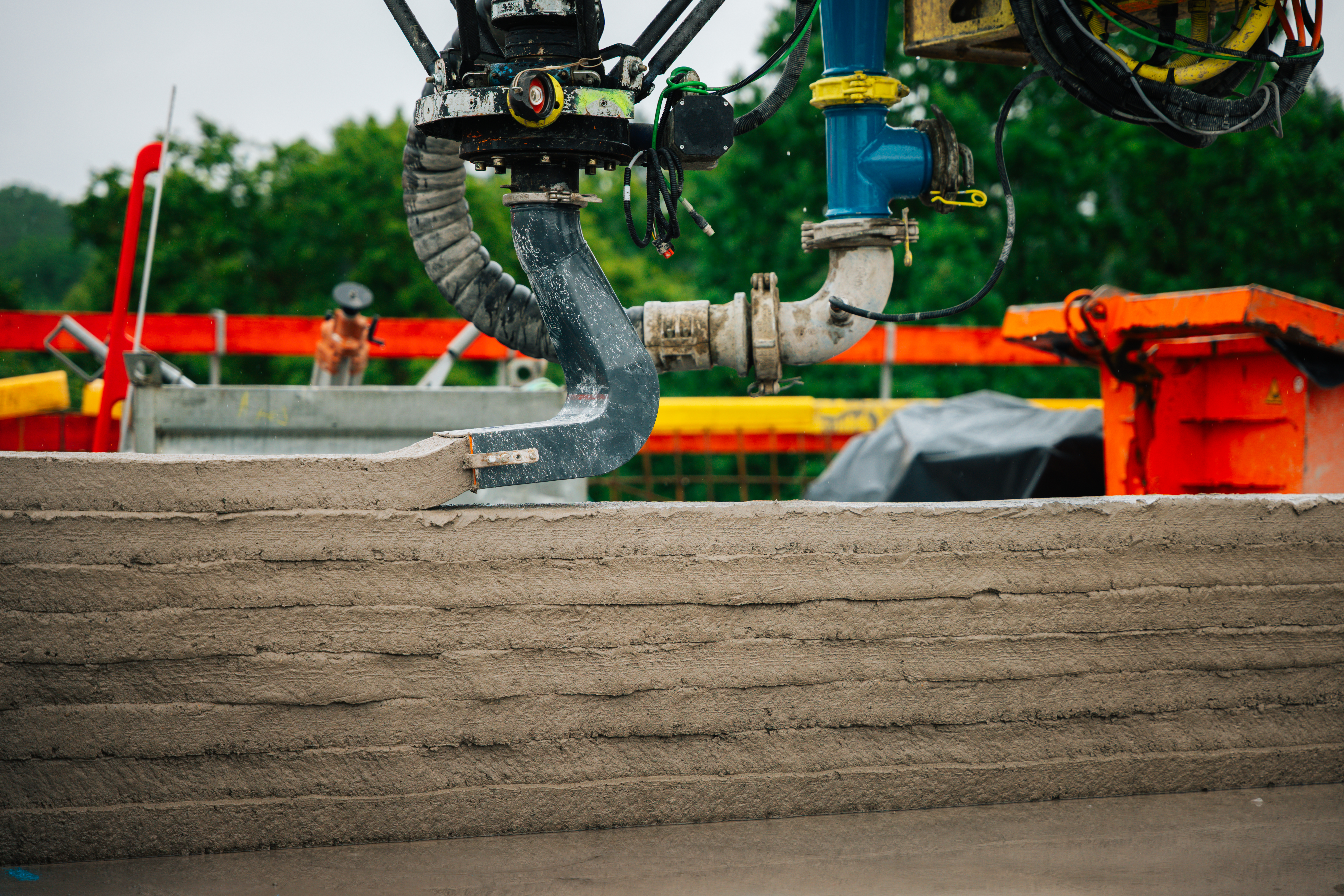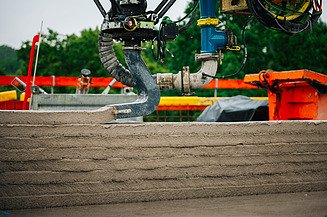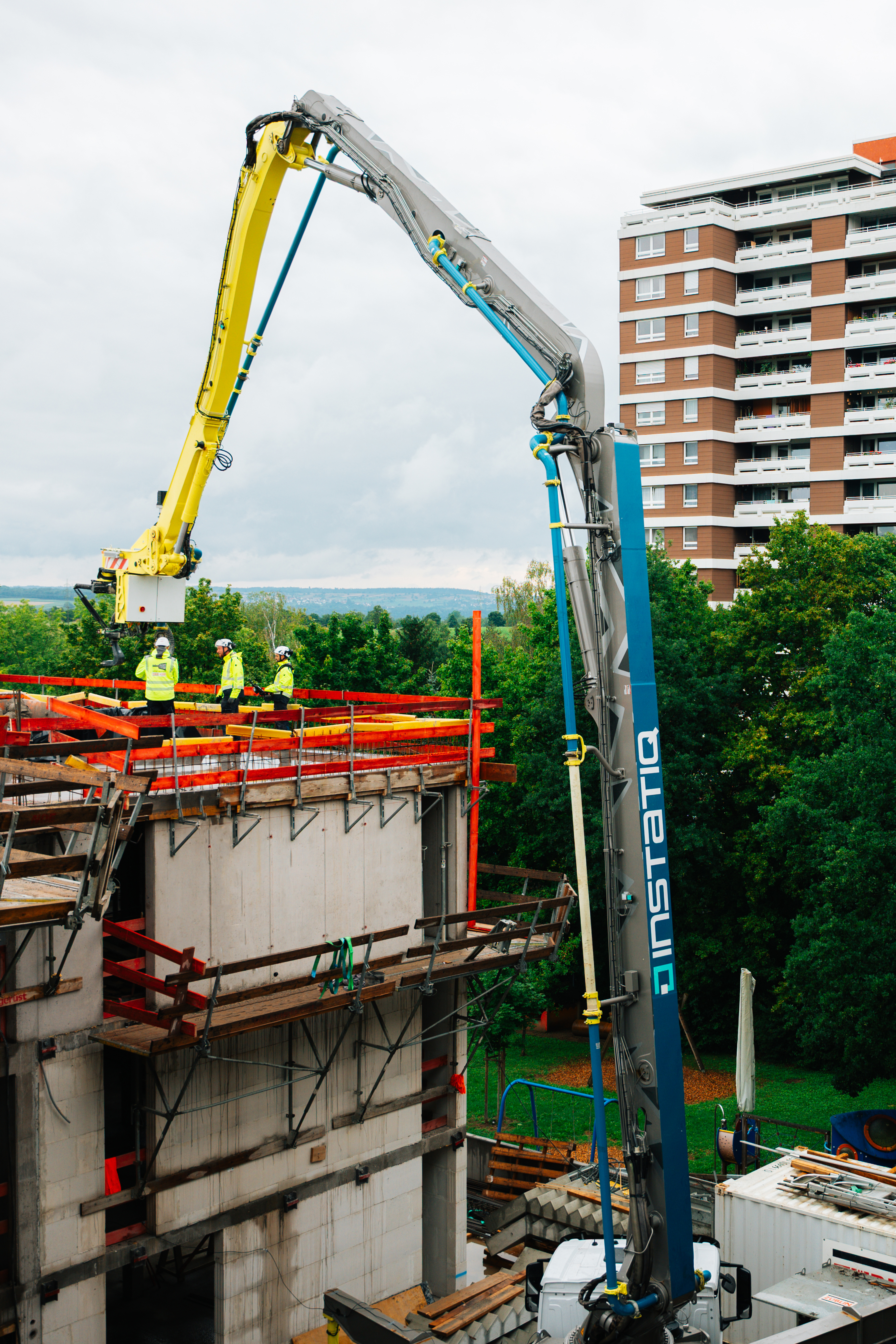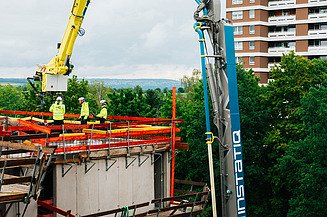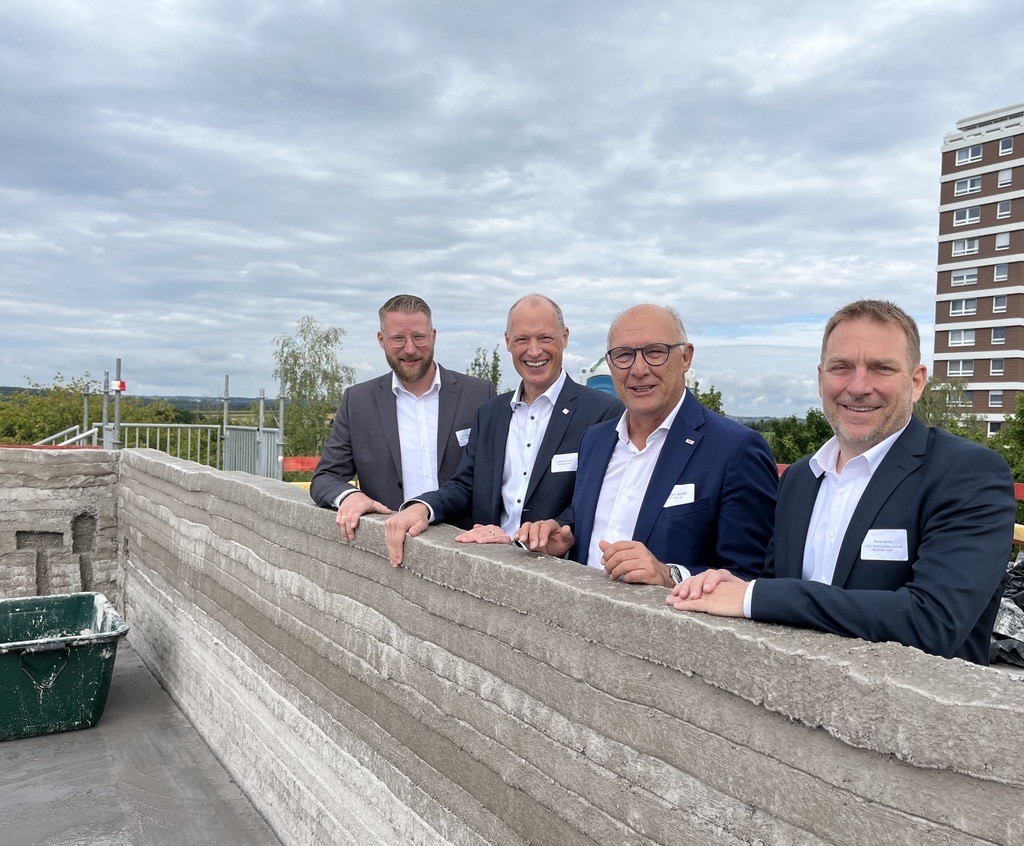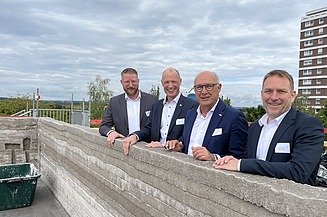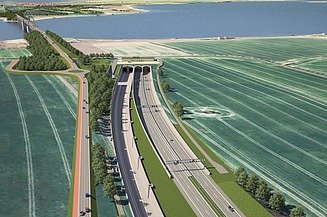Ed. Züblin AG
Stuttgart-based Ed. Züblin AG, with approximately 16,000 employees and an annual output of around € 4.6 billion, is one of Germany’s largest construction companies. ZÜBLIN, which has been successfully realising challenging construction projects in Germany and abroad since 1898, is the STRABAG Group’s leading brand for building construction and civil engineering. The range of services covers all construction-related tasks – from complex turnkey construction, civil engineering and tunnelling to construction logistics, structural maintenance, ground engineering and timber and steel construction. Supported by the expertise of its Zentrale Technik competence centre, ZÜBLIN also offers integrated design-and-build services from a single source. We take an end-to-end view of buildings over their entire life cycle, with a focus on collaborative construction using our TEAMCONCEPT® partnering model while constantly promoting and advancing the topics of digitalisation, sustainability and innovation. Together within the STRABAG Group and with our external partners, we are working systematically to make the design-and-build processes resource-friendly and climate-neutral. More information is available at www.zueblin.de.
About INSTATIQ
As a spin-off of the Putzmeister Group, INSTATIQ is revolutionizing construction practice with its robot-assisted 3D concrete printing technology Progress One. The large-scale robot prints monolithic, load-bearing walls precisely and without formwork - directly on site. The result: a fast, economical process that can be easily integrated into today's construction site processes.
